Ayutthaya: The Ruins of Thailand’s Former Capital
Before Bangkok, there was Ayutthaya, a stately capital of an empire, and one of the largest cities in the world in its heyday. Images of the Buddha, wrapped in bright yellow silk, still sit in the lotus position among towering reliquaries, staring sightless out over the muddy waters of the Chao Phraya River. Beatific faces, sun-baked and silent, bring serenity to the crumbling brick walls and the dusty grounds, but the rows of now headless statues give an unsettling hint at the city’s tragic end.
Flowing south, the Chao Phraya River curves east a bit under the south side of the Ayutthaya historical park to meet the combined waters of the Pa Sak and Lop Buri Rivers. A khlong or canal across the north side of the old city makes Ayutthaya into a sort of island.
The chedis and the ornate prangs, dotting the island like church steeples, contribute a sense of an exotic kingdom, but the city, founded in 1350 by King U-Thong, was actually quite cosmopolitan. Merchants and envoys, from both Western and Eastern foreign lands, mingled among its denizens, and a policy of religious tolerance was the norm during its 417 years as the Siamese capital. But Ayutthaya met a violent fate when the Burmese, having long battled over land and borders with the Kingdom, finally breached its walls in 1767.
Previous attempts had ended several times in failure and once in the city falling under Burmese control. Often the arrival of heavy seasonal rains cut short the warring season as the land around Ayutthaya became saturated. In the Thai floods of 2011, the water actually engulfed the ruins at one point. But in 1767, rather than retreating from the floods, the Burmese stuck it out and attacked anew when the rivers receded.
They set fire to the entire city. At the end of the battle, the King of Siam lay dead. Tens of thousands of prisoners were taken back to Burma, and gold Buddha images were melted down. The Siamese Kingdom of Ayutthaya was no more. But the Burmese, under attack from the Chinese to the north, didn’t even stay through the end of the year. This left the Siamese to regroup. Under a new leader, they founded a new capital downriver in Thonburi in 1768, and moved it across the river to Bangkok in 1782.
The fallen capital is now a popular day trip from the modern one. Now, rather than soldiers mounting elephants to fright the souls of fearful adversaries, tourists climb aboard them to tour the ruins and have their photos taken. The ruins spread out and intermingle with residences. Today’s Ayutthaya mixes the modern in among the historical, and with a population of over 60,000, it has become a centerpiece of Thai industry. The duality makes this UNESCO World Heritage Site fascinating both for its evocative ruins and its cultural experience. Locals still pray before Buddha images among the ruins and dine on delicious traditional foods in open markets just a short walk away.
To see all this in a day, you need to arrive early in the morning. Grab your water bottle, and begin with Wat Mahathat. Thought to be the oldest and grandest of the temple complexes, Thai histories tell of a large central reliquary that eventually rose to 50 meters. The Burmese made an example of this place, setting fire to the Kingdom’s most important monastery at the time. The central prang survived until the 20th century before falling further into ruin. A single large Buddha image still remains and the faithful come to pray before it.
Wat Phra Sri Sanphet is the largest temple in the old city and also the site of the former Grand Palace. The three large chedis and impressive symmetry make this one of the most popular attractions in the entire archaeological park, though the story of its destruction may be more impressive than what stands today. The English audio guide is indispensable.
Next door is Wiharn Phra Mongkhon Bophit, home of a bronze Buddha over 12 meters tall and dating back to before the sacking of the city. The statue survived with some damage but has since been restored and occupies a modern structure where Buddhists come to light candles, burn incense, and have their fortunes revealed by shaking numbered sticks out of a canister.
Don’t miss Wat Ratchaburana. Ayutthaya’s story ended in violence but this temple was born of it. At the death of King Intharachathirat in 1424 CE, the two eldest princes fought each other for the throne. They killed each other on this site, and a third son, Chao-Sam Phraya, became King Borommaracha and constructed this temple in honor of his brothers and his father. The temple construction is an example of “merit making,” wherein good deeds affect your karma, to put it simply. In the local markets you may find live animals – birds, turtles, fish – which you can purchase and release in order to make some merit yourself.
Finally, for the best view of the river and the surrounding ruins, climb the steps of the 35-meter Khmer-style prang at Wat Chaiwatthanaram. In the early morning the sounds of the waking city rise up to you, and at sunset, none of the other sites looks quite as remarkable as this symmetrically built complex. Look around you just before the park closes for the day, before the lights come on for the evening, as the tuk-tuks and motorbikes buzz and the locals venture out for dinner: Right here, right around you was once the heart of a kingdom.
Read the many Thailand posts over on my personal blog.
Getting There
Arrival to Ayutthaya is by car, bus, or a two-hour train ride. Tour companies also offer a boat connection, starting on the Chao Phraya River in Bang Pa-in. The best way to get around the ruins is by bicycle. One may also rent a motorbike or hire a tuk-tuk for the day.
When to Go
The heat can get brutal and so can the crowds, so get to the ruins earlier in the day and chill in the Chao Sam Phraya Museum when the sun is highest. In the end, it didn’t stop the Burmese, but the rainy season – starting the end of May and lasting through July – is not your best bet.
Where to Eat
Follow U-tong Road, which follows the river along the edge of Ayutthaya’s island, and find some local restaurants specializing in grilled river prawns. For a dish often associated with Ayutthaya, look for kwit tieo reua or “boat noodles.” Lovers of street food (and Thailand’s street food is outrageously good) should head to the night market after 5 pm, located at the west end of Bang Lan Road.
Where to Stay
Most travelers come for the day trip and return to Bangkok by nightfall. But for those interested in staying longer, one has no trouble filling two or three days exploring ruins in and around Ayutthaya and paying a visit to Bang Pa-in Palace 16 km down the highway.
Accommodations range from economical guesthouses, such as the popular Baan Lotus, with its two Thai well kept wood houses on stilts, to artfully designed luxury resorts, such as Iudia On the River. A small backpacker zone is just a short walk from Baan Lotus. The concierge or tour desk at most Bangkok hotels can help you get in touch with guided day tours to Ayutthaya.
Baan Lotus Guesthouse
20 Pa Maphrao Rd, Ayutthaya
Iudia On the River
11-12 Moo 4 U-Thong Rd., Pratuchai, Ayutthaya
www.iudia.com






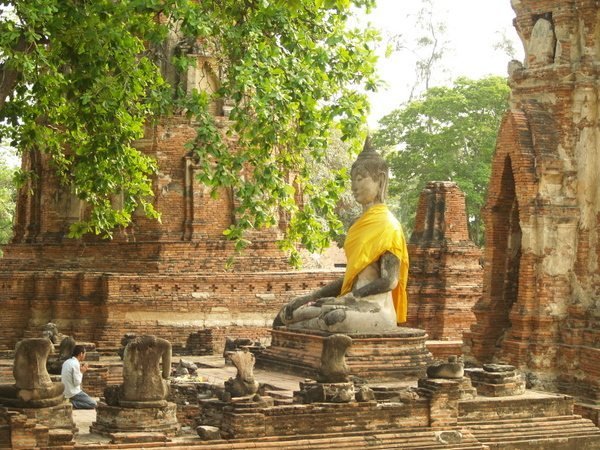
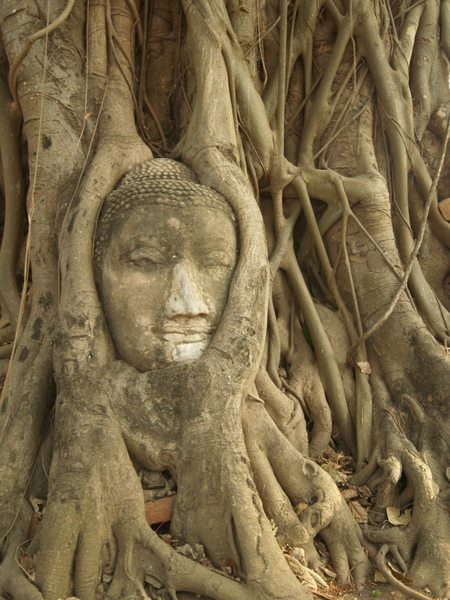

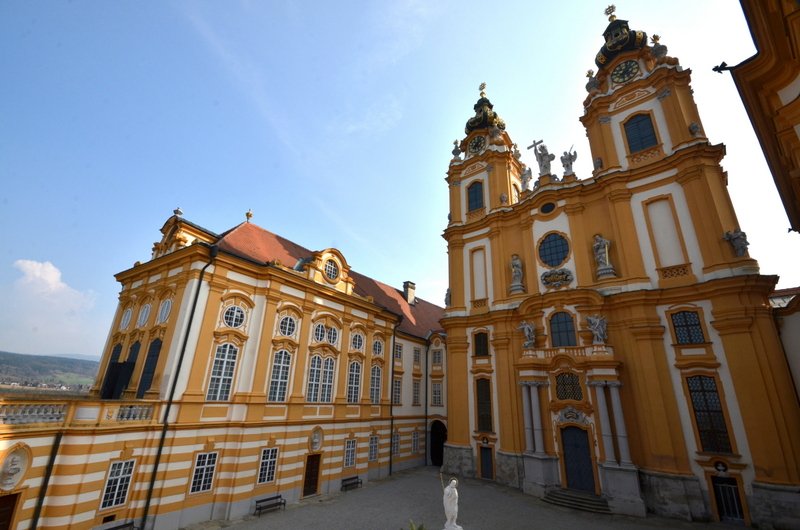
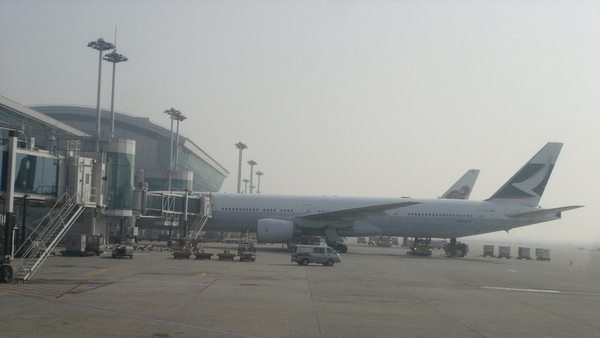

 ORDER YOUR COPY TODAY!
ORDER YOUR COPY TODAY!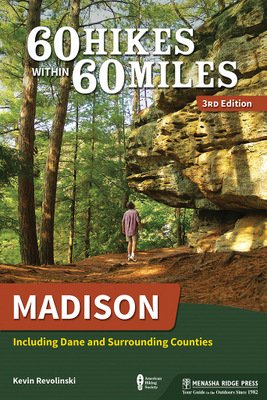 ORDER YOUR COPY TODAY!
ORDER YOUR COPY TODAY!
Pingback: Photo Gallery: Bangkok’s Golden Buddha and Wat Traimit
Good thing we are heading back to Thailand early next year! So excited to see Thailand again.
Thailand is pretty awesome indeed. Too much to see here. 🙂